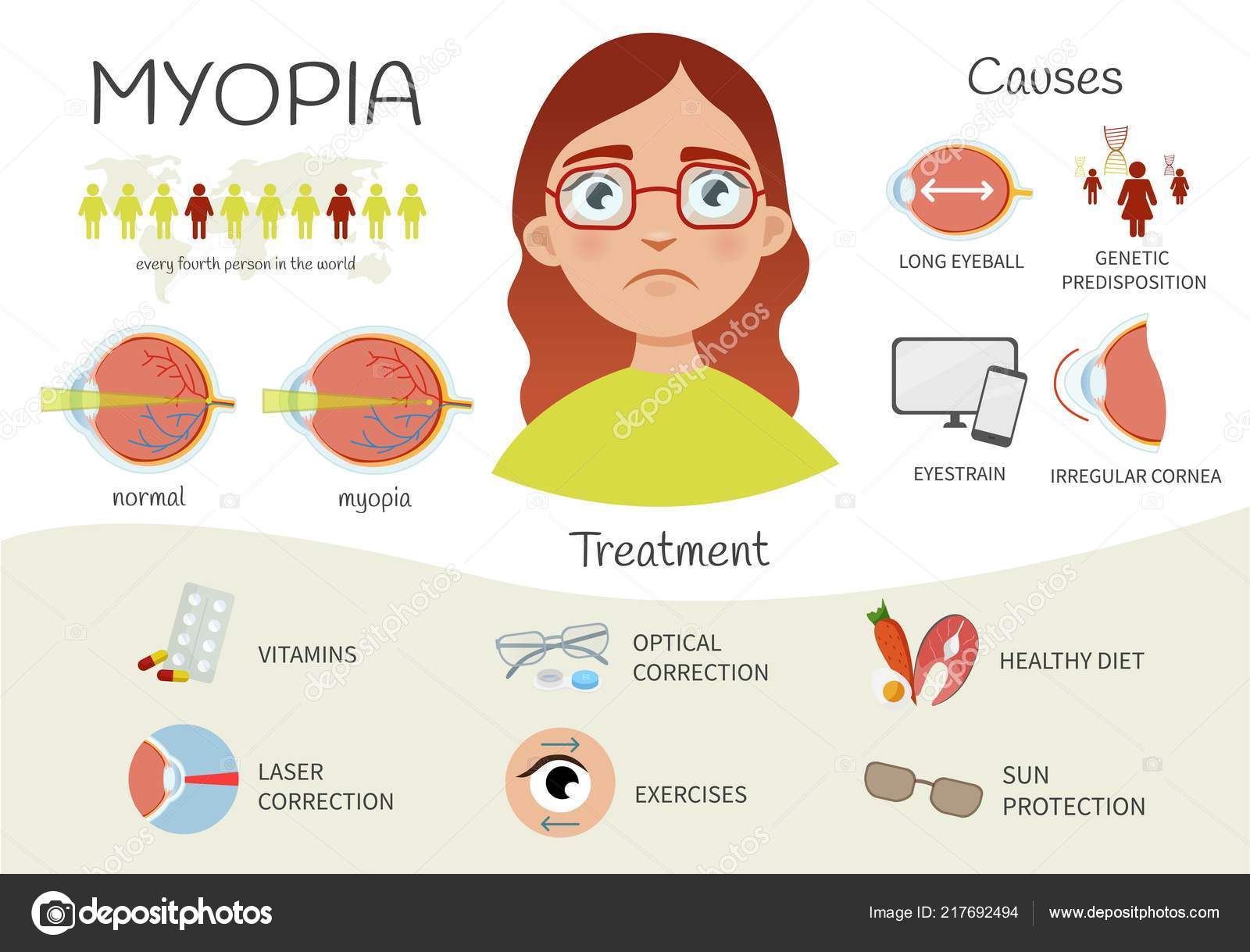Contrasting Conventional Cataract Surgical Treatment To Laser-Assisted Techniques: Benefits And Drawbacks

Material Composed By-Davies Riley
When contemplating the choice between traditional cataract surgical treatment and laser-assisted methods, you might find yourself considering the advantages and disadvantages each method provides. please click the next website page exceeds the surface degree of price and accuracy, diving into the realm of long-lasting end results and individual satisfaction. As you navigate via the complexities of these 2 strategies, it comes to be crucial to understand the nuanced information that can significantly impact your visual quality and overall experience. Stay tuned to discover the critical elements that will lead your decision-making process in this essential aspect of eye treatment.
Typical Cataract Surgical Procedure Pros and Cons
When considering typical cataract surgical procedure, you may find that it's a reputable and widely-used strategy. In this treatment, a surgeon makes a small laceration in the eye and utilizes ultrasound to separate the cloudy lens prior to removing it. When the cataract is eliminated, a man-made lens is placed to bring back clear vision.
Among the primary benefits of conventional cataract surgery is its record of success. Several clients have actually had their vision dramatically enhanced via this procedure. Furthermore, standard surgery is frequently covered by insurance policy, making it an extra accessible option for several individuals.
However, there are some disadvantages to standard cataract surgical procedure as well. Recovery time can be much longer contrasted to more recent techniques, and there's a somewhat greater danger of issues such as infection or swelling. Some patients might also experience astigmatism or require analysis glasses post-surgery.
Laser-Assisted Techniques Advantages And Disadvantages
Discovering laser-assisted methods for cataract surgical procedure introduces a modern-day strategy that makes use of laser technology to execute essential steps in the procedure. Among the main advantages of laser-assisted cataract surgery is its precision. The laser allows for incredibly accurate cuts, which can bring about better visual results. In addition, making use of lasers can lower the quantity of ultrasound power needed during the surgical procedure, potentially reducing the danger of problems such as corneal damages.
On the downside, laser-assisted techniques can be more costly compared to traditional methods. This price mightn't be covered by insurance coverage, making it less easily accessible to some people.
Another consideration is that not all cataract cosmetic surgeons are trained in laser technology, which can limit your alternatives for choosing a surgeon.
Finally, while the laser can automate certain facets of the treatment, the surgery still requires a knowledgeable cosmetic surgeon to ensure effective outcomes.
Relative Evaluation of Both Techniques
For a detailed understanding of cataract surgical treatment methods, it's necessary to perform a relative analysis of both standard and laser-assisted approaches.
Traditional cataract surgery involves manual lacerations and the use of handheld devices to break up and eliminate the gloomy lens.
On the other hand, laser-assisted cataract surgical procedure uses sophisticated modern technology to develop exact incisions and separate the cataract with laser energy before removing it.
In https://www.mirror.co.uk/sport/football/news/jurgen-klopp-eye-operation-means-24761848 to precision, laser-assisted methods provide a greater level of accuracy contrasted to traditional approaches. Using lasers enables modification of the treatment based on each individual's eye composition, potentially leading to much better visual outcomes.
However, laser-assisted cataract surgery has a tendency to be much more pricey than traditional surgery, which may limit ease of access for some patients.
While both techniques are effective in bring back vision impaired by cataracts, the option in between conventional and laser-assisted techniques usually depends on aspects such as price, accuracy, and individual patient demands.
Consulting with your ophthalmologist can help identify one of the most suitable approach for your cataract surgical treatment.
Final thought
In conclusion, when making a decision in between conventional cataract surgical procedure and laser-assisted techniques, consider elements like expense, precision, and specific needs. Conventional surgery supplies a tested track record and insurance policy protection however might feature longer recovery times. Laser-assisted techniques provide greater precision and personalization but can be extra pricey and not constantly covered by insurance. Inevitably, the selection between both approaches relies on what is crucial to you and your certain circumstance.

